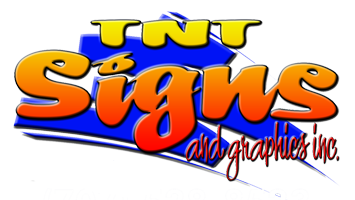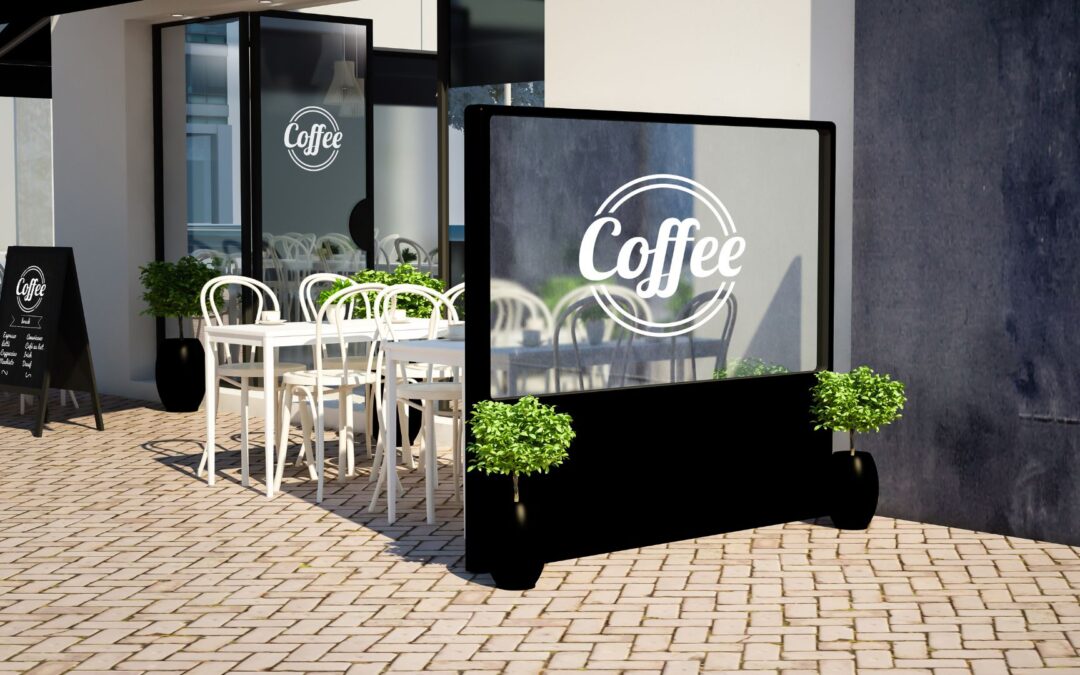In the fast-paced and competitive world of business, creating a memorable customer experience is crucial to gaining and retaining loyal customers. While many factors contribute to the overall experience, signage plays a vital and often underestimated role in shaping how customers perceive and interact with a brand. From wayfinding signs that guide customers through a space to promotional signs that highlight offers and products, effective signage can significantly enhance the customer journey. In this blog, we’ll explore the different types of signage and how they contribute to a positive and lasting customer experience.
The Importance of Signage in Customer Experience
Before delving into the specific types of signage, it’s essential to understand why signage is so important in the customer experience. Signage serves as the silent salesperson for your business, communicating critical information, guiding customers through their journey, and reinforcing your brand identity. A well-designed sign can do more than just convey information; it can evoke emotions, create a sense of place, and leave a lasting impression on customers.
Signage as a Communication Tool
Signage is a primary form of communication between a business and its customers. It tells customers where they are, what they can expect, and how to navigate through a space. Effective signage reduces confusion, speeds up decision-making, and enhances the overall experience by making it easier for customers to find what they need.
The Psychological Impact of Signage
Signage also plays a psychological role in shaping customer perceptions. Colors, typography, and design elements used in signage can influence a customer’s mood, comfort level, and overall impression of a brand. For instance, a welcoming and well-lit sign at the entrance of a store can make customers feel more comfortable and eager to explore, while cluttered or confusing signs can create frustration and diminish the experience.
Types of Signage and Their Impact on Customer Experience
1. Wayfinding Signage: Guiding the Journey
Wayfinding signage is one of the most critical types of signage for enhancing customer experience. These signs help customers navigate through a space, whether it’s a large shopping mall, a hospital, an airport, or a corporate office. Wayfinding signage includes directional signs, maps, floor markers, and room labels.
The Importance of Clarity and Consistency
For wayfinding signs to be effective, they must be clear, concise, and consistent. Customers should be able to quickly and easily understand where they need to go without having to ask for assistance. Consistency in design, color schemes, and typography across all wayfinding signs ensures that customers can easily recognize and follow the signs.
Reducing Stress and Enhancing Comfort
Wayfinding signs play a significant role in reducing customer stress and enhancing comfort, particularly in complex or unfamiliar environments. For example, in a hospital, clear wayfinding signs can alleviate anxiety by helping patients and visitors quickly locate the departments or rooms they need. In a shopping mall, directional signs can guide shoppers to specific stores or amenities, improving their overall experience by making navigation effortless.
2. Branding Signage: Reinforcing Identity
Branding signage includes signs that prominently display a business’s name, logo, slogan, and brand colors. This type of signage is essential for reinforcing brand identity and creating a cohesive visual experience across all customer touchpoints.
Building Brand Recognition
Effective branding signage helps build brand recognition by making the business easily identifiable. A consistent and well-designed sign featuring the company’s logo and colors ensures that customers immediately associate the sign with the brand. This recognition is crucial for building trust and loyalty, as customers are more likely to engage with brands they recognize and trust.
Creating a Sense of Place
Branding signage also contributes to creating a sense of place. For instance, a coffee shop with a distinctive logo and signage creates an environment that feels unique and inviting to customers. The signage sets the tone for the experience and helps customers feel connected to the brand.
3. Promotional Signage: Driving Engagement
Promotional signage is used to highlight special offers, new products, discounts, and other marketing messages. These signs are often placed in high-traffic areas to attract attention and encourage customers to take action.
Capturing Attention and Driving Sales
The primary purpose of promotional signage is to capture customers’ attention and drive sales. Bold, eye-catching designs with clear calls to action can influence purchasing decisions and encourage impulse buys. For example, a brightly colored sign in a retail store promoting a limited-time discount can prompt customers to make a purchase they might not have otherwise considered.
Enhancing the Shopping Experience
Promotional signage also enhances the shopping experience by providing customers with valuable information about current deals and offerings. Well-placed promotional signs can guide customers through the store, directing them to featured products or special sections, thus creating a more engaging and dynamic shopping environment.
4. Informational Signage: Educating and Informing
Informational signage provides customers with essential information about products, services, policies, and other important details. This type of signage is commonly found in retail stores, restaurants, museums, and public spaces.
Providing Clarity and Transparency
Informational signs help provide clarity and transparency, ensuring that customers have the information they need to make informed decisions. For example, in a restaurant, a sign detailing the ingredients of a dish can help customers with dietary restrictions make safe choices. In a retail setting, signs explaining return policies or product features can enhance customer confidence and satisfaction.
Supporting the Customer Journey
Informational signage supports the customer journey by providing guidance and education at various touchpoints. Whether it’s a sign explaining how to use a self-service kiosk or a placard describing the history of an exhibit in a museum, informational signs enrich the experience by adding depth and context.
5. Safety and Regulatory Signage: Ensuring Compliance and Safety
Safety and regulatory signage is essential for ensuring that customers are aware of safety protocols, hazards, and regulatory requirements. These signs are often mandated by law and are critical in environments where safety is a top priority, such as construction sites, factories, hospitals, and public buildings.
Protecting Customers and Employees
The primary role of safety and regulatory signage is to protect both customers and employees by clearly communicating potential hazards and safety measures. For example, a “Wet Floor” sign in a store alerts customers to a slip hazard, preventing accidents and ensuring a safe environment.
Enhancing Trust and Confidence
By prominently displaying safety and regulatory signs, businesses demonstrate their commitment to customer and employee well-being. This can enhance trust and confidence, as customers are more likely to feel safe and secure in an environment where safety protocols are clearly communicated and followed.
Best Practices for Effective Signage
Consistency Across All Signage
To create a seamless and cohesive customer experience, it’s important to maintain consistency across all types of signage. This includes using the same color schemes, fonts, and design elements, as well as ensuring that all signs align with the overall brand identity.
Strategic Placement
The placement of signage is just as important as the design. Signs should be placed in locations where they are easily visible and accessible to customers. For wayfinding signs, consider the customer’s journey through the space and place signs at key decision points.
Clear and Concise Messaging
Signage should communicate its message quickly and effectively. Use clear, concise language, and avoid cluttering the sign with unnecessary information. The goal is to ensure that customers can easily understand the message at a glance.
Regular Updates and Maintenance
To keep signage effective, it’s important to regularly update and maintain it. Outdated or damaged signs can create a negative impression and confuse customers. Regularly inspect signs to ensure they are in good condition and relevant to current offerings or policies.
Signage plays a crucial role in creating a memorable customer experience by guiding, informing, and engaging customers at every touchpoint. From wayfinding to promotional signs, each type of signage contributes to the overall customer journey, enhancing brand recognition, driving sales, and ensuring a safe and pleasant environment. By investing in well-designed and strategically placed signage, businesses can significantly improve the customer experience, leading to increased satisfaction, loyalty, and ultimately, success.
At TNT Signs, we specialize in creating high-quality, custom signage solutions that help businesses create memorable customer experiences. Whether you need wayfinding signs, branding signage, or promotional displays, our team is here to help you design and implement the perfect signage for your needs. Contact us today to learn more about how we can help you elevate your customer experience through effective signage. Let’s make your brand unforgettable!

